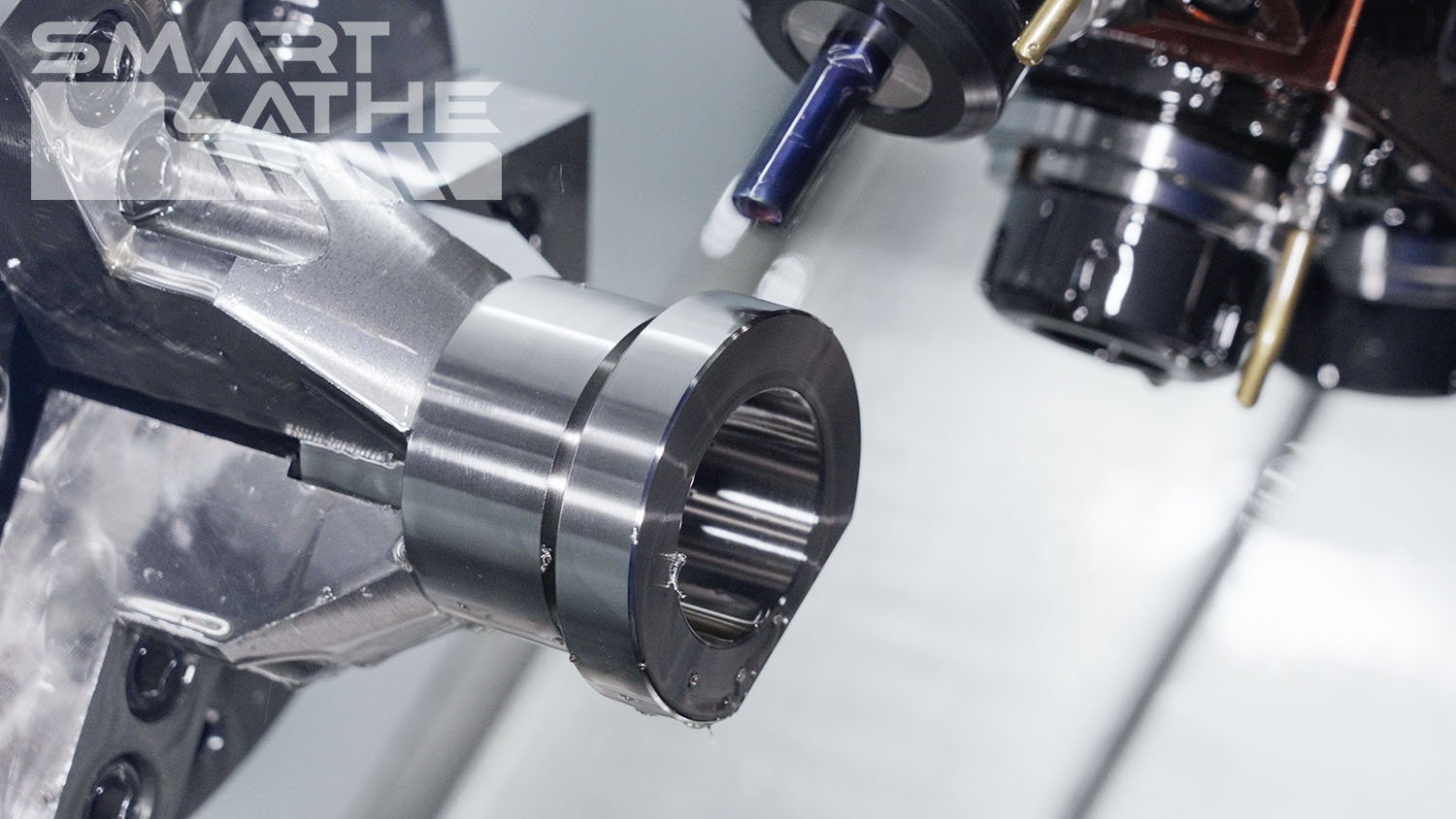C axis functionality in CNC lathe
The C-axis functionality in CNC lathes refers to the ability of the lathe to rotate the workpiece or the spindle in synchronization with the X and Z-axis movements. This rotational axis adds a new dimension of versatility and precision to the machining process. Here are some key aspects and benefits of the C-axis functionality:
Contouring and Multi-Axis Machining: The C-axis allows for simultaneous machining on multiple surfaces of the workpiece, enabling contouring operations. By rotating the workpiece or spindle, complex shapes and features can be machined with high precision. This capability is particularly useful for producing components with intricate geometries, such as cams, grooves, and thread milling.
Reduced Setup Time: The C-axis functionality eliminates the need for repositioning the workpiece or adjusting the tooling angle for certain operations. It enables machining from different angles without the need for additional setups, significantly reducing the overall setup time and increasing efficiency.
Increased Accuracy and Surface Finish: The C-axis allows for precise positioning and orientation of the workpiece during machining. This ensures consistent accuracy and surface finish across all surfaces, as the tool maintains the correct cutting angle relative to the workpiece orientation. The result is improved part quality and reduced rework or manual finishing operations.
Thread Cutting and Milling: With the C-axis functionality, thread cutting and milling operations become more efficient and accurate. By synchronizing the rotational movement with the linear feed, threads can be cut or milled with high precision and repeatability. This capability is especially valuable for producing threaded components like screws, bolts, and fittings.
Live Tooling Operations: In combination with live tooling, the C-axis enhances the capabilities of CNC lathes by enabling milling, drilling, and other secondary operations. The C-axis allows the live tool to be positioned at precise angles, facilitating complex machining operations, cross-drilling, cross-milling, and angled features.
Reduced Cycle Time: The simultaneous machining enabled by the C-axis functionality reduces cycle times by minimizing tool changes and eliminating the need for additional setups. This leads to increased productivity and shorter lead times, particularly in applications with complex geometries and multiple machining operations.
Enhanced Versatility: The C-axis functionality adds a new level of versatility to CNC lathes, allowing them to perform tasks traditionally associated with milling machines. This versatility makes the lathe more capable of handling a broader range of machining operations, expanding the scope of work that can be undertaken on a single machine.
In summary, the C-axis functionality in CNC lathes provides significant advantages in terms of contouring, multi-axis machining, accuracy, surface finish, thread cutting, live tooling operations, reduced setup time, and increased versatility. It enables complex machining operations and enhances the overall capabilities of the lathe, making it a valuable tool for manufacturers seeking advanced machining capabilities.






